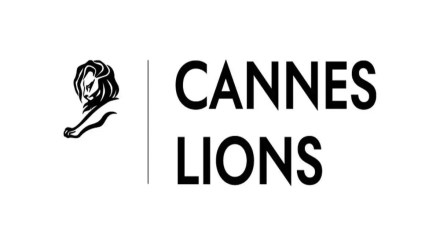By Leena Gupta
“The world’s best work faced feedback, survived, and then won a Lion,” said an ad at the festival of creativity and commerce, the Cannes Lions 2024. But what does it take to think of that Lion-worthy work in the first place? Armed with my to-go croissants and a petit cappuccino, I set off at 9:30 am on a Tuesday morning, to find what it takes to bell the big cat.
The day began with a pop-in at the Glass Lion’s presentation (work that addresses gender inequality). It’s not every day that a communication brief is answered with a product idea —but Ogilvy’s pitch to Vaseline, and today to the jury, was just that: Transition Body Lotion — to soothe dry skin for when you’re undergoing hormone therapy during transition. This case study is a good blueprint for queer advertising that happens back home —LGBTQIA+ inclusion isn’t a box you tick after including a token gay character in your film, it’s about solving nuanced problems for the community that can only come to light when you employ queer folks. It’s also a good blueprint for clients — the folks at Vaseline didn’t just buy this idea as a Pride month gimmick, they committed to developing this idea with trans beauty specialists through months of R&D.
Right after was a talk on decoding pricing models in the creative business by Gautam Reghunath and PG Aditiya, co-founders of my indie agency, Talented. “Clients ask agencies for details like salary and overhead costs, and profit margins before onboarding them — isn’t that absurd? You don’t go to a restaurant and ask the chef’s salary before you pay for your Bolognese!” Everything that’s wrong with our industry — the hours, burnout, peanut salaries, can all be solved by pricing conversations where we see ourselves as equal to the client.
The next session I attended had a queue that would put Dadar station to shame — it was on the Return of Comedy by VML, Hellman’s and SNL star Kenan Thompson. “85% of consumers say they are more likely to purchase a product after seeing a funny ad,” they said — and with the addition of 13 new categories at the Lions this year, it’s safe to say the industry is ready to treat laughter as serious business. Humour tickles you, humour unifies you, for a brief moment in time it also disarms you.
Hellmann’s Mayo Cat, a funny no-brainer, was actually born out of a real problem to tackle food wastage, which just goes on to show that purpose-led advertising can exist without black-and-white visuals and sarangi music.
My last panel for the day was the Indie Forum on the LBB Beach — executives from indie agencies across the world bearing what it means to be in the “people” business. With the looming irrelevance that we face in the wake of AI automation, Matt Reinhard of OKRP had a fun hack: “We use AI for every new business pitch. We go on to ChatGPT, and ask it to spit five ideas. And then we use those five as white space — if AI can think of it, anyone can, and we wouldn’t even think in that direction.”
So, until the next time the industry congregates along the opal waters over rose and our collective quasi-artistic rage, advertising will very much still be a people’s business, solving real problems with real human creativity.
The author is founding member & creative, Talented
